Related Research Articles

Pulp magazines were inexpensive fiction magazines that were published from 1896 to the late 1950s. The term pulp derives from the cheap wood pulp paper on which the magazines were printed. In contrast, magazines printed on higher-quality paper were called "glossies" or "slicks". The typical pulp magazine had 128 pages; it was 7 inches (18 cm) wide by 10 inches (25 cm) high, and 0.5 inches (1.3 cm) thick, with ragged, untrimmed edges.
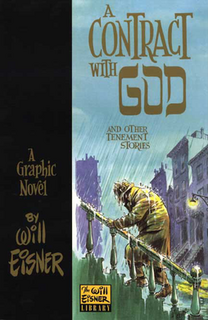
A graphic novel is a book made up of comics content. Although the word "novel" normally refers to long fictional works, the term "graphic novel" is applied broadly and includes fiction, non-fiction, and anthologized work. It is distinguished from the term "comic book", which is generally used for comics periodicals.

A paperback, also known as a softcover or softback, is a type of book characterized by a thick paper or paperboard cover, and often held together with glue rather than stitches or staples. In contrast, hardcover or hardback books are bound with cardboard covered with cloth, plastic or leather. The pages on the inside are made of paper.
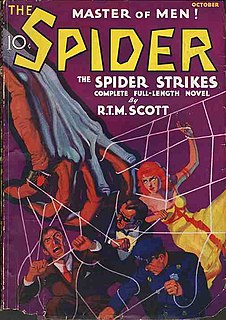
The Spider is an American pulp-magazine hero of the 1930s and 1940s.

Gold Medal Books, launched by Fawcett Publications in 1950, was a U.S. book publisher known for introducing paperback originals, a publishing innovation at the time. Fawcett was also an independent newsstand distributor, and in 1949 the company negotiated a contract with New American Library to distribute their Mentor and Signet titles. This contract prohibited Fawcett from publishing their own paperback reprints.

The New American Library (NAL) is an American publisher based in New York, founded in 1948. Its initial focus was affordable paperback reprints of classics and scholarly works as well as popular and pulp fiction, but it now publishes trade and hardcover titles. It is currently an imprint of Penguin Random House; it was announced in 2015 that the imprint would publish only nonfiction titles.

Cover art is a type of artwork presented as an illustration or photograph on the outside of a published product such as a book, magazine, newspaper (tabloid), comic book, video game, DVD, CD, videotape, or music album. The art has a primarily commercial function, for instance to promote the product it is displayed on, but can also have an aesthetic function, and may be artistically connected to the product, such as with art by the creator of the product.

Earle K. Bergey was an American artist and illustrator who painted cover art for thousands of pulp fiction magazines and paperback books. One of the most prolific pulp fiction artists of the 20th century, Bergey is recognized for creating the iconic cover of Gentlemen Prefer Blondes for Popular Library at the height of his career in 1948.
James Sante Avati was an American illustrator and paperback cover artist. His father was a professional photographer in New York City. His mother died shortly after his birth. He was raised by his maternal aunt and eventually his father married her. While Jim was still young, his father died and another aunt and uncle helped to raise him in Little Silver, New Jersey, where he grew up. His uncle paid for his education at Princeton University where he obtained a degree in architecture in 1935.

Fiction House was an American publisher of pulp magazines and comic books that existed from the 1920s to the 1950s. It was founded by John B. "Jack" Kelly and John W. Glenister. By the late 1930s, the publisher was Thurman T. Scott. Its comics division was best known for its pinup-style good girl art, as epitomized by the company's most popular character, Sheena, Queen of the Jungle.
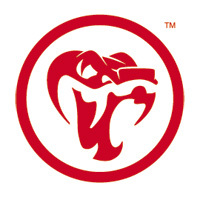
Viper Comics, based in Dallas, Texas, has been an independent publisher of comic books and graphic novel trade paperbacks since 2003. Viper comic books are distributed by Diamond Comic Distributors and their graphic novels are distributed through Diamond, Ingram Books, Baker & Taylor, Inc., and other distributors.
Dell Publishing is an American publisher of books, magazines and comic books, that was founded in 1921 by George T. Delacorte Jr. with $10,000, two employees and one magazine title, I Confess, and soon began turning out dozens of pulp magazines, which included penny-a-word detective stories, articles about the movies, and romance books.
Everett Raymond Kinstler was an American artist, whose official portraits include Presidents Gerald Ford and Ronald Reagan. He was also a pulp and comic book artist, whose work appeared mainly in the 1940s and 1950s.

Andy Fish is a graphic novelist, comic book artist, illustrator, painter, and educator. He is known for his graphic novels and his series of books on how to illustrate in certain styles.
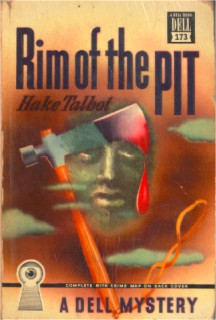
Mapback is a term used by paperback collectors to refer to the earliest paperback books published by Dell Books, beginning in 1943. The books are known as mapbacks because the back cover of the book contains a map that illustrates the location of the action. Dell books were numbered in series. Mapbacks extend from #5 to at least #550; then maps became less of a fixed feature of the books and disappeared entirely in 1951. The occasional number in the series between #5 and #550 contains no map, but some sort of full-page graphic or text connected with the book's contents.
H. Lawrence Hoffman was a commercial book jacket designer and illustrator who worked in New York City. He illustrated book covers for over 25 publishing companies, including Pocket Books, Popular Library, Macmillan, Simon & Schuster, The Viking Press, and Random House. Over the course of his career, he created over 600 book jacket covers.
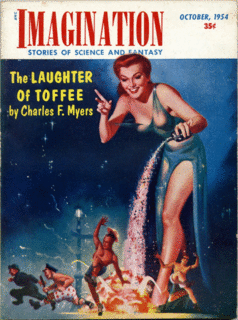
Good girl art (GGA) is artwork featuring attractive women in comic books, comic strips, and pulp magazines. The term "Good Girl Art" was coined by the American Comic Book Company in its mail order catalogs from the 1930s to the 1970s.

Breakdowns is a collected volume of underground comic strips by American cartoonist Art Spiegelman. The book is made up of strips dating to before Spiegelman started planning his graphic novel Maus, but includes the strip "Maus" which presaged the graphic novel, and "Prisoner on the Hell Planet" which is reproduced in Maus. The original edition of 1977 is subtitled From Maus to Now; the expanded 2008 edition is subtitled Portrait of the Artist as a Young %@&*!.
Carl T. Pfeufer was an American comic-book artist, magazine illustrator, painter and sculptor best known as one of the earliest contributors to American comic books; one of the primary early artists of the Marvel Comics superhero the Sub-Mariner; and the longtime artist of Western hero Tom Mix's comic books.
Robert Carter Stanley, Jr. was an American artist famous for his works on paperback novel covers. He was born in Wichita, Kansas, and died in Big Pine Key, Florida.
References
- ↑ Gerald Gregg (1907-1985) Wisconsin Death Record
- ↑ Keywords and Quick Facts for Gerald Gregg
- ↑ The Artists' Blue Book (AskArt.com): Robert Stanley
- ↑ The Artists' Blue Book (AskArt.com): Gerald Gregg
- ↑ Gerald Gregg Covers
- ↑ Gerald Gregg at Vintage Paperback (Cover) Artists
- ↑ Heller, p.70
- 1 2 Neglected Books Page-Neglected Book Mentioned In Mental Floss Magazine: No Crime For A Lady